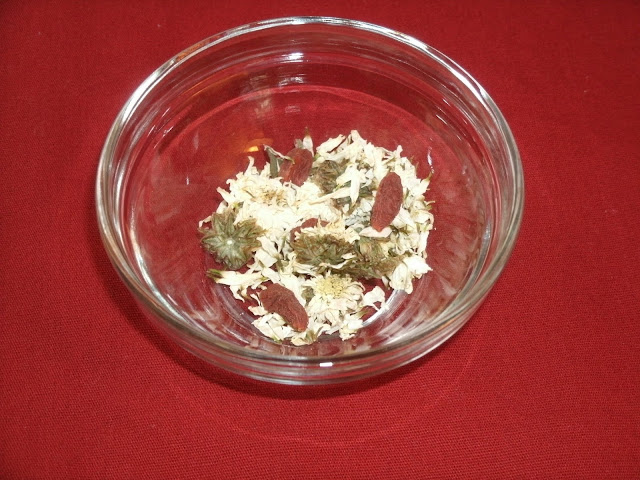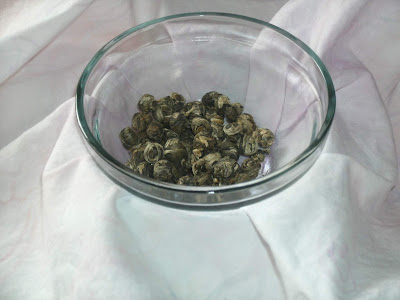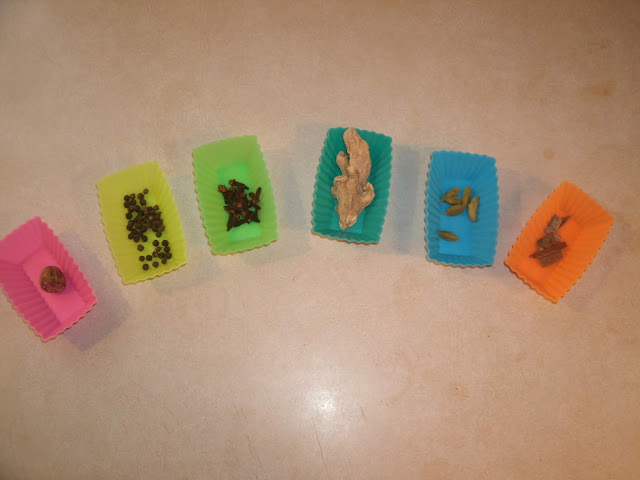Pu-erh

Pu-erh tea is another variant of tea from China. While most teas are considered best when they are fresh, this is an exception. Older teas are considered better, and are more expensive. How is this, you ask? Pu-erh is a tea that is aged with bacteria. The longer the bacteria work, the better the flavor (so connoisseurs say). I was a little nervous about trying this kind of tea. It is the tea world's equivalent to stinky cheese. I didn't want to spend $12 on a bag of this stuff, and as luck had it, I found some in the bulk spice section of the local health food co-op. Gee, it seems like I have written this before... It wasn't until I had already scooped it out and had my bag prepared for checkout that I realized that I was in the jar of 4 year old tea. At least that's what the label said. It could be several years older depending on how long it had sat on the shelf. The reason this made me nervous is that I've been told that beginners really want to start with tea ...



